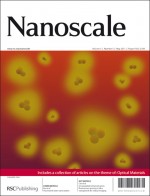 Nanoscale is delighted to present issue 5 as a high-profile themed issue on Optical and Luminescent Nanomaterials
Nanoscale is delighted to present issue 5 as a high-profile themed issue on Optical and Luminescent Nanomaterials
The issue was Guest Edited by Professor Claus Feldmann and covers the latest research and discoveries in the fascinating field of optical materials – browse the issue today.
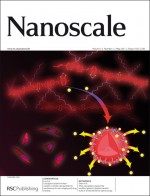 The issue’s front cover features the minireview on fluorescent silver nanoclusters by Isabel Díez and Robin H. A. Ras (DOI: 10.1039/C1NR00006C).
The issue’s front cover features the minireview on fluorescent silver nanoclusters by Isabel Díez and Robin H. A. Ras (DOI: 10.1039/C1NR00006C).
The inside front cover highlights the work of Bin Liu et al. on conjugated polyelectrolyte–cisplatin complex nanoparticles for simultaneous in vivo imaging and drug tracking (DOI: 10.1039/C0NR00950D).
Want to read more about our themed issues? Please visit the ‘Themed Issues’ page on our website.











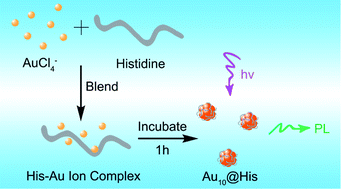 Nanoscale ‘HOT’ paper
Nanoscale ‘HOT’ paper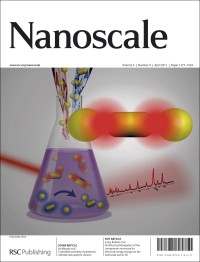 Issue 4
Issue 4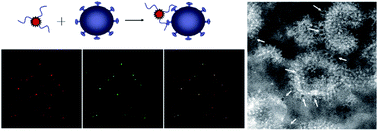
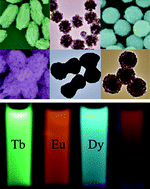
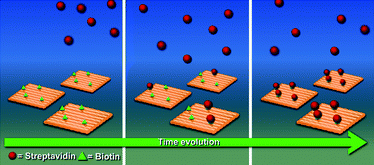 The team recorded the whole dynamic process of the streptavidin–biotin binding reaction. They found that at a streptavidin concentration of 7.6 nM, the binding ratio increased steadily up to nearly 100% within 30 minutes.
The team recorded the whole dynamic process of the streptavidin–biotin binding reaction. They found that at a streptavidin concentration of 7.6 nM, the binding ratio increased steadily up to nearly 100% within 30 minutes.